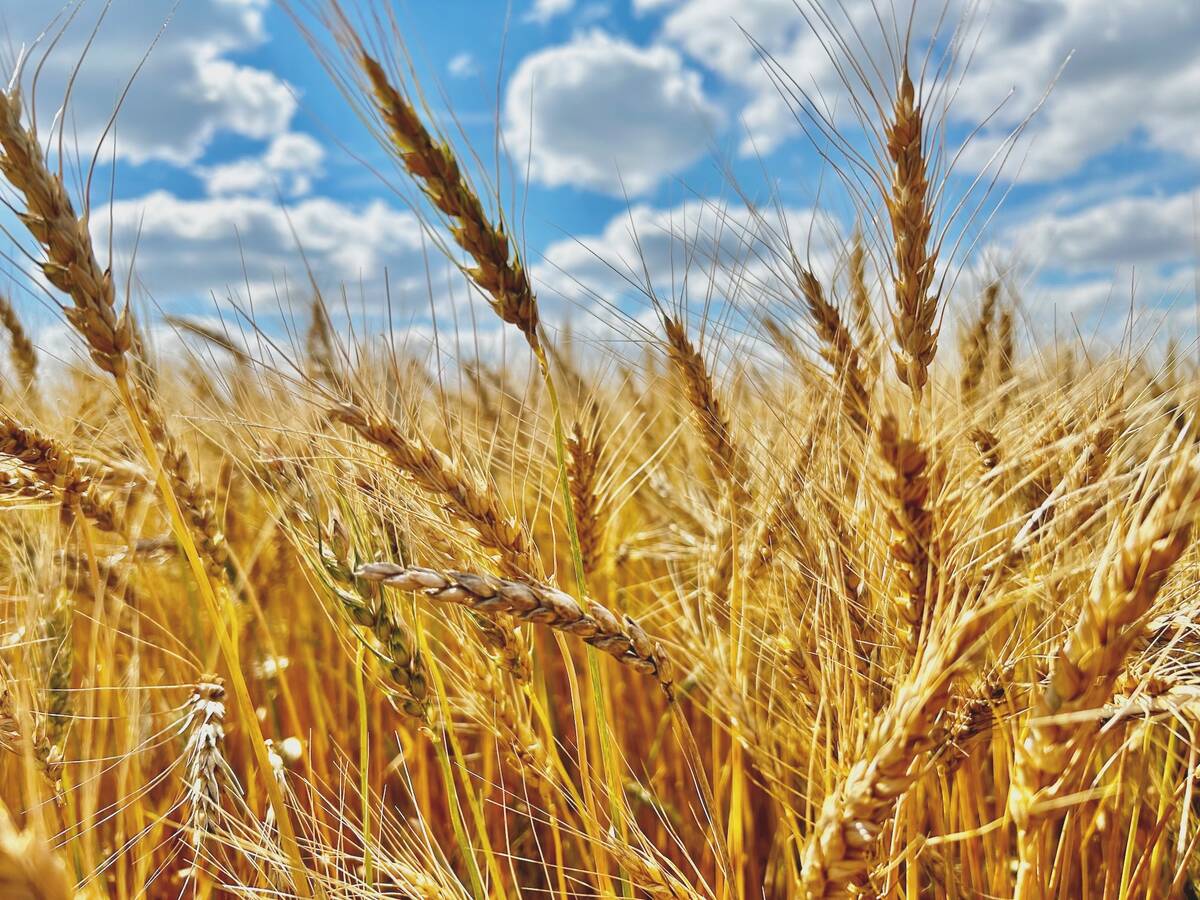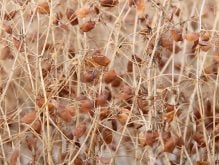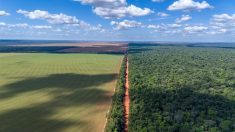(Resource News International) –– The U.S. Department of Agriculture’s prospective plantings report, released Wednesday, is not expected to have any significant impact on planting intentions of western Canadian farmers.
USDA’s plantings report revealed U.S. soybean acreage this spring will be record large at 78.098 million acres. In the spring of 2009, U.S. producers planted 77.451 million acres to the crop.
U.S. soybean acreage could still climb higher, with the level dependent on how much corn farmers plant earlier in the season — a variable that will hinge on weather and prices.
Read Also

Prairie Wheat Weekly: CWRS slips, as CPSR, durum rise
Spring wheat cash prices were mixed while those for durum were a little higher across the Canadian Prairies for the two-week period ended Jan. 6.
USDA, meanwhile, also raised its U.S. canola seeded area to 1.228 million acres in 2010 from the 827,000 planted in the spring of 2009.
Planted area to U.S. flaxseed in 2010 was pegged by USDA at 420,000 acres, also up from the 317,000 seeded in 2009.
The larger canola and flaxseed crops in the U.S., while not super-large by any standard, could have some minor impact on those crops grown in Manitoba, said Bill Craddock, a south-central Manitoba producer and commodity trader.
“Basically what it means is that there will be more canola and flaxseed available in the scheme of things,” he said.
A good part of the flaxseed grown in the U.S. is located in North Dakota, and that will definitely compete with the flaxseed produced in Manitoba, Craddock said.
“Outlets in Manitoba buy it from the U.S. producers and Manitoba producers sell their flax to U.S. outlets, so there is a bit of competition between the two groups,” he said.
“Bearish consideration”
However, there are very few alternatives other than canola and flaxseed that will be able to generate cash flow, especially given that the Canadian Wheat Board has been continuously lowering its price outlooks for wheat, barley and durum, he said.
“The 500,000 more soybean acres in the U.S. relative to the previous year is not necessarily bearish, but if there are no crop production problems during the growing season, that will mean there will be a lot of soybeans in the U.S. to contend with at harvest time,” said Mike Jubinville, a market analyst with ProFarmer Canada in Winnipeg.
Jubinville also noted that this would follow a record-sized soybean harvest in Brazil and Argentina.
“There will certainly be a bearish consideration longer-term for oilseed values in general, and that includes canola,” he said.
Producers in Canada, he agreed, will not scale back on their intentions to seed canola this spring because of the jump in U.S. area to soybeans or, to some extent, canola.
“It always comes down to what are the alternatives,” Jubinville said. “At 8.50 a bushel for canola, while not any kind of great profit, there is at least the potential to get some kind of return per acre.”
Any cereal crop other than malt barley does not pencil out in a profit for producers at this time, he said.
“Canola is the staple cash flow generator for the Canadian producer and because of that, the area to the crop will be large,” Jubinville said.














